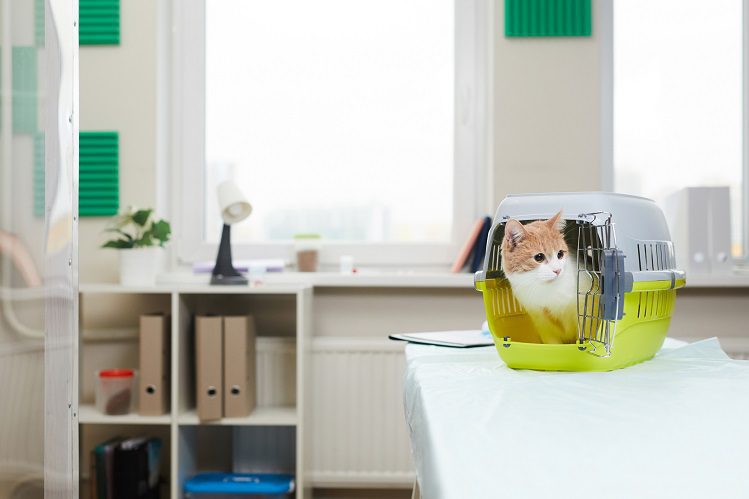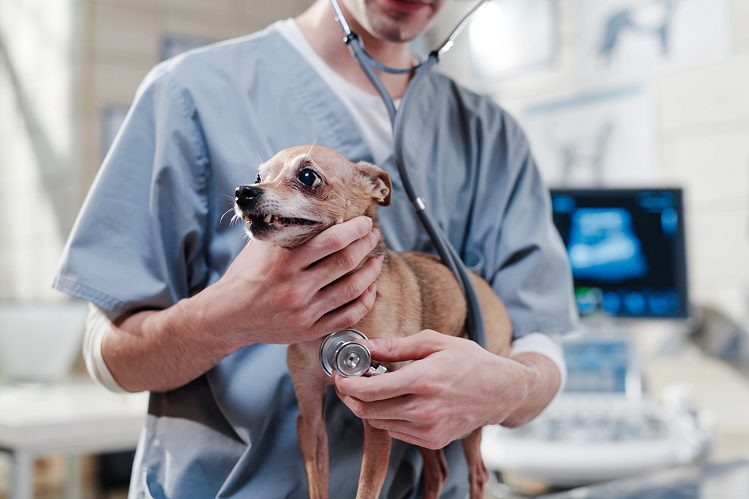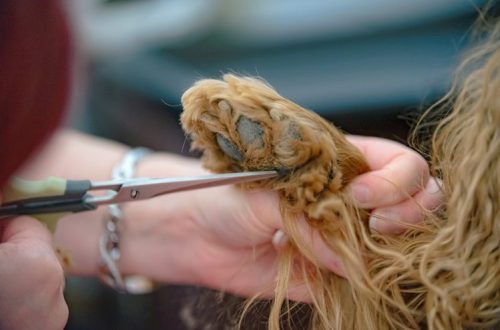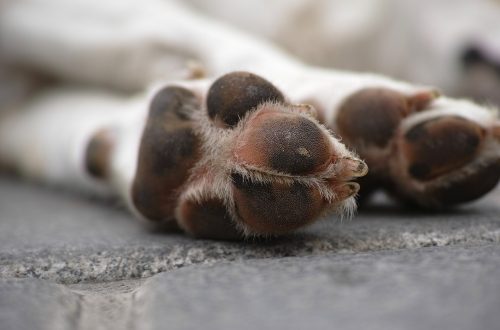
Кућни љубимац кашље и кија: да ли се прехладио?
The veterinarian and therapist of the Sputnik clinic, Mats Boris Vladimirovich, tells why cats and dogs actually cough.
Coughing and sneezing in dogs and cats is common. Especially in dogs, in spring and autumn. Many owners mistakenly believe that the pet got sick because of the cold and wind. In fact, they get sick in this case due to infections.
In cold weather, the air can be drier, and rooms can be less ventilated, which creates favorable conditions for the development of bacterial and viral diseases. However, infections are not the main causes of these symptoms.
Degenerative and congenital diseases
Пооперативне компликације
Страна тела у дисајним путевима
Новотворине
Имуно посредоване болести
Infections and invasions, etc.
Let’s talk about each point in detail.
This group includes various pathologies. For example, the collapse of the trachea, which is typical for small breeds of dogs. In this case, the trachea, as it were, sags, does not allow air to pass normally and is injured by turbulent air flows. This leads to its inflammation and reflex cough.
Examples of other diseases:
Брацхицепхалиц Синдроме
Paralysis of the larynx
Malformation of the trachea
Narrowing of the nostrils, nasal passages, nasopharynx.
As a rule, such pathologies cannot be cured conservatively. With a pronounced decrease in the quality of life of a pet or a threat to life, surgical intervention is required.
Coughing and sneezing can be a complication after various invasive procedures. For example, during endoscopic examination of the nose and bronchi, after operations in the nasal cavity, and so on. If your pet has a similar operation, the doctor will definitely tell you about all the possible consequences and tell you what to do about them.

Dogs and cats can accidentally inhale various objects. In this case, there is an injury to the respiratory tract, inflammation, the development of a secondary bacterial infection, which is expressed by coughing, shortness of breath, sneezing, purulent discharge from the nasal cavity.
Obstruction of the airways may develop (the object can block them). This is an extremely acute condition that requires immediate attention.
When contacting the clinic, the pet will undergo standard examinations. If a foreign object is suspected, additional tests will be offered. If the diagnosis is confirmed, the item will be removed.
Neoplasms develop spontaneously and can be either benign or malignant. But the severity of respiratory symptoms does not depend on the degree of “malice” of the tumor, but on its size.
If the doctor suspects cancer, your pet may be sent for x-rays, CT scans with contrast, endoscopy, and other tests. Once the diagnosis is confirmed, the appropriate treatment will be selected.
The most common of these is feline asthma. Asthma is an inflammation of the bronchi due to inadequate functioning of the immune system. It develops for various reasons. It is impossible to say for sure why it appeared in a particular pet.
If asthma is suspected, the doctor will suggest that you get rid of all potential allergens (tobacco smoke, plastic bowls, loose filler, etc.) and perform additional tests. If asthma is confirmed, the cat will be prescribed lifelong therapy with periodic monitoring by a doctor.
Unfortunately, it is almost never possible to cure a pet of asthma, but with proper control of the disease, a pet can live a full life as if asthma did not exist.
This group includes infectious respiratory diseases of dogs and cats, helminthic invasions, fungal infections.
If we are talking about most primary viral infections of the upper respiratory tract (manifested by sneezing, nasal discharge, wheezing, and so on), then treatment is not required. These diseases go away on their own in 7-10 days. Treatment is required for complications and in young animals. The doctor makes the diagnosis, usually based on clinical signs. In rare cases, additional tests are required. However, x-rays may be required to rule out lung involvement. If necessary, antibiotics and symptomatic therapy are used. In severe complicated cases, hospitalization may be required.
Worm infestations that cause coughing and sneezing are diagnosed and treated with trial therapy with anthelmintic drugs.
Some bacterial and viral respiratory diseases in dogs and cats can be extremely dangerous. In order not to miss them, you should definitely consult a doctor.
Others include everything that was not included in the previous categories:
Патологија срца
Pathologies of the lymphatic system
Pathologies of the chest cavity
Системске болести
Болести усне дупље.
The spectrum of these diseases is very high and they are often very dangerous if appropriate diagnostic and therapeutic steps are not taken.

For the prevention of common diseases:
vaccinate your pet regularly;
avoid contact with infected pets;
try to keep the air clean at home.
For other diseases, prevention does not exist. The main thing is to suspect them in time and start treatment.
Diagnostic methods for coughing and sneezing:
X-ray – allows you to see changes in the larynx, trachea, bronchi, lungs, chest cavity and heart
CT is a more informative method than X-ray, but it requires sedation of the pet
Ultrasound of the chest cavity and heart is another method for visualizing organs and processes occurring in the chest cavity. Has features and can be prescribed together with CT and X-ray
Endoscopy – allows you to see changes in the mucous membrane of the respiratory system, changes in their shapes and sizes
Cytological and bacteriological tests – allow you to see the type of cells in the lumen of the respiratory tract, choose the right antibiotic therapy
Histological studies – are necessary mainly for the diagnosis of neoplasms
PCR – allows you to identify a specific pathogen
Blood tests – help to evaluate the functions of internal organs, the state of the blood and the immune system.
This article covers only a small part of what can cause coughs and sneezes in your pet.
Some causes of coughing and sneezing are harmless, while others can be serious. The problem is that they often look exactly the same.
If your dog or cat is coughing and sneezing, don’t expect the symptoms to resolve on their own. If you are coughing or sneezing, be sure to contact a specialist. If nothing terrible is found, you will be instructed on what to do next. If a problem does come up, you will have more time to deal with it successfully.
Before going to the clinic, be sure to remember the symptoms in detail: after which they appear, when they begin, and so on. It will not be superfluous to record a video.
Аутор чланка: Мак Борис Владимирович ветеринар и терапеут на клиници Спутњик.






